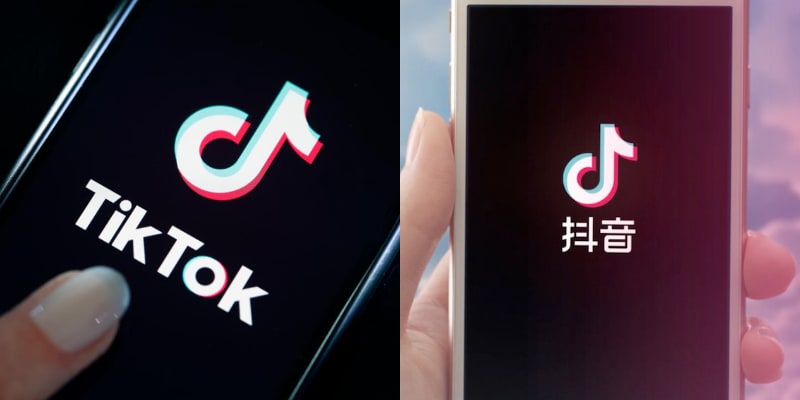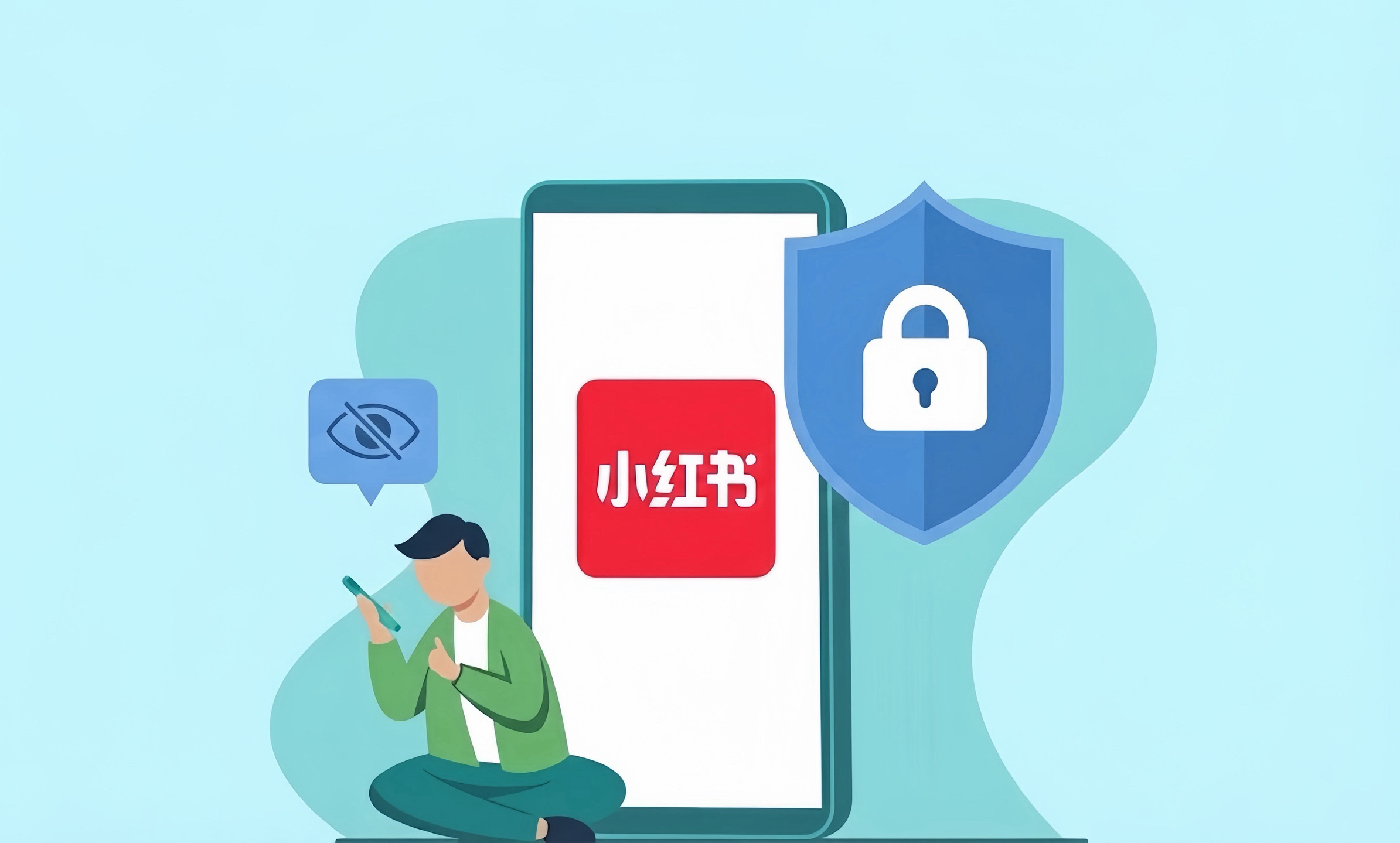Xiaohongshu cashes in on tourism by setting up a travel agency
Puzhen Xiangli, a travel agency run out of Shanghai, has been established by Xiaohongshu. About 64% of China’s regular wanderlust users now start their journeys on the platform. Since Gen Z travelers prefer Xiaohongshu over more established online travel agencies like Ctrip and Fliggy, this popularity has paved the way for Xiaohongshu to further challenge established market players.
Due to Airbnb’s exit from the market, there is now more room for domestic competitors to enter the fray. However, Xiaohongshu’s interests extend beyond homestay. Over 16 million views have been generated by platform searches for the keyword “Travel” so far, which is eight times more views than searches for the keyword “Homestay.” This shows that there is still untapped market potential for the platform to tap into.
Link: https://daoinsights.com/news/xiaohongshu-cashes-in-on-tourism-by-setting-up-travel-agency/
ByteDance debuts the first metaverse-like social app, Party Island
After the rise and fall of the formerly popular proto-metaverse social app Zheli, Chinese tech giant ByteDance has stepped up to take on the challenge of social networking with its highly anticipated social app, Party Island, which, according to Gamelook, a website focusing on the Asian games market, went live for public testing on July 13.
With the help of their personalized avatars, users can interact with one another in the three-dimensional virtual space; meet up; hang out, and even go to events like concerts and movies with their virtual peers. The app’s access to a vast media library within the ByteDance empire, including live streaming events, films, and TV shows owned by Douyin and Xigua Video, adds to its appeal.
This enables the app to provide its users with a rich digital experience that will amuse and engage them. While their resemblance to hot technology has largely won over the audience, it appears that the feature that enables a distinctive online experience and meets the social needs of today’s young Chinese is what will really pique user interest. The new innovation from ByteDance would revolutionize China’s online social networking scene if it goes off without a hitch.
Link: https://daoinsights.com/news/bytedance-debuts-first-metaverse-like-social-app-party-island/
China’s “Silver Economy” Is Here To Spend
The 2022 product catalog for China has been encouraged to include clothing and other items for elderly people by the Ministry of Industrial and Information Technology. This is consistent with the Chinese Community Party’s 14th five-year plan, which was released in 2020 and has a section devoted to enhancing government support for the well-being of senior citizens. In comparison to their Gen Z and Millennial consumer counterparts, the “new” older generation has greater purchasing power and more free time, making them more readily available for discretionary spending.
We wrote about this here >>> China Trend: Silver Generation
Link: https://jingdaily.com/china-silver-economy-government-support/
Brand zone search
It was created to strengthen the demand for building brands. Users actively look up brand terms to learn about the brand, comprehend the consulting services offered by the brand, and enter brand official account message templates, mini programs, and other private domains for information gathering and conversion. WeChat plans to develop more advertising options for search.
More details about WeChat search and brand zone in our article: A Quick Guide To WeChat Search
Link: https://mp.weixin.qq.com/s/SkduovJwM4Up0Nj9JNTw2A
Douyin, China’s TikTok, tests food delivery, bringing ByteDance into a market dominated by Meituan and Alibaba
In order to compete with market leaders Meituan and Alibaba Group Holding, ByteDance’s Douyin, the Chinese version of TikTok, is once again entering the food delivery market.
Some restaurants in specific cities, such as Shanghai, whose economies were severely impacted by a resurgence in Covid-19 this year, now offer a delivery option on their Douyin channels. However, eateries are required to employ their own delivery personnel or use external delivery drivers. Market leaders Meituan and Alibaba’s Ele.me, on the other hand, are well known for their armies of delivery drivers, who are a common sight on Chinese city streets.
To gain market share, however, one must alter user preferences for the apps that have proliferated throughout many Chinese people’s digital existences. Meituan and Alibaba made up 69 percent and 26 percent of the market, respectively, in 2020. As a result, ByteDance is still facing a great challenge. In order to gain market share, marketers believe Bytedance should think about how to set itself apart from the competition and work on its pricing strategy.
Link: https://finance.yahoo.com/news/douyin-chinas-tiktok-tests-food-093000424.html
Tencent makes a move to turn WeChat’s short-video function channels into a money pot through ads and e-commerce tools.
The Shenzhen-based company unveiled a new e-commerce tool on Thursday to build online stores on Channels, the quick-video and live-streaming platform inside the multipurpose app WeChat. This tool simplifies the procedure for merchants to list products, sell them, and collect payments.
The e-commerce tool was announced shortly after Tencent Monday added video ads to its Channels feeds, enabling users to directly shop through an ad and share it with friends on WeChat.
WeChat’s video service has added new users rapidly over the past six months, according to data from the Chinese analytics company iiMedia Research, thanks to concerts and entertainment content that makes use of Tencent’s music division’s resources.
Link: https://www.yahoo.com/now/tencent-makes-move-turn-wechats-093000560.html



